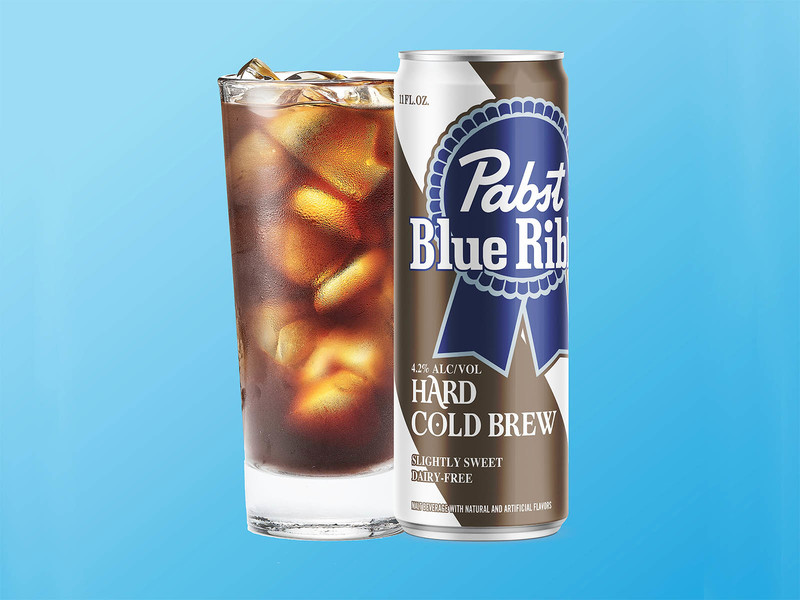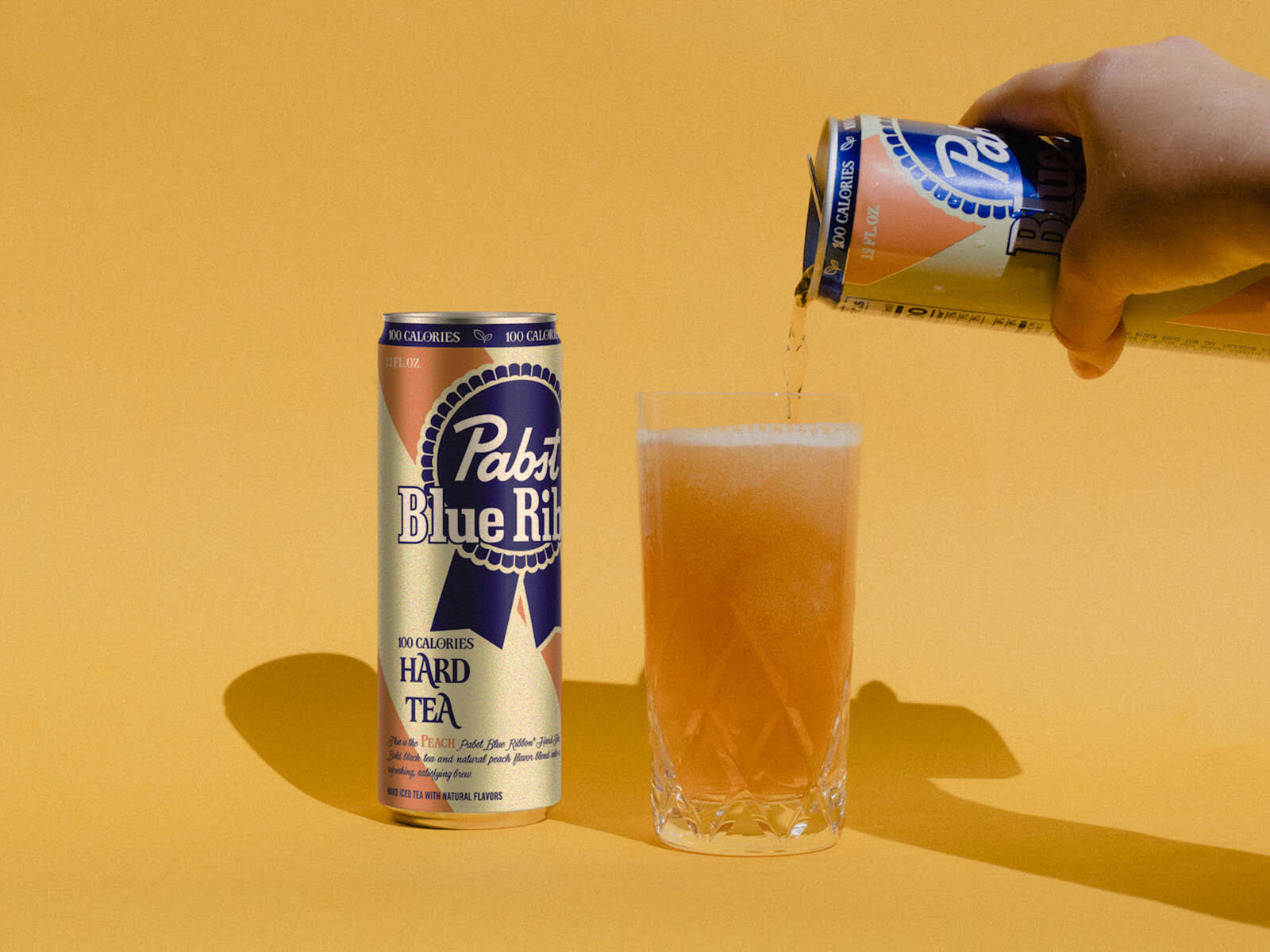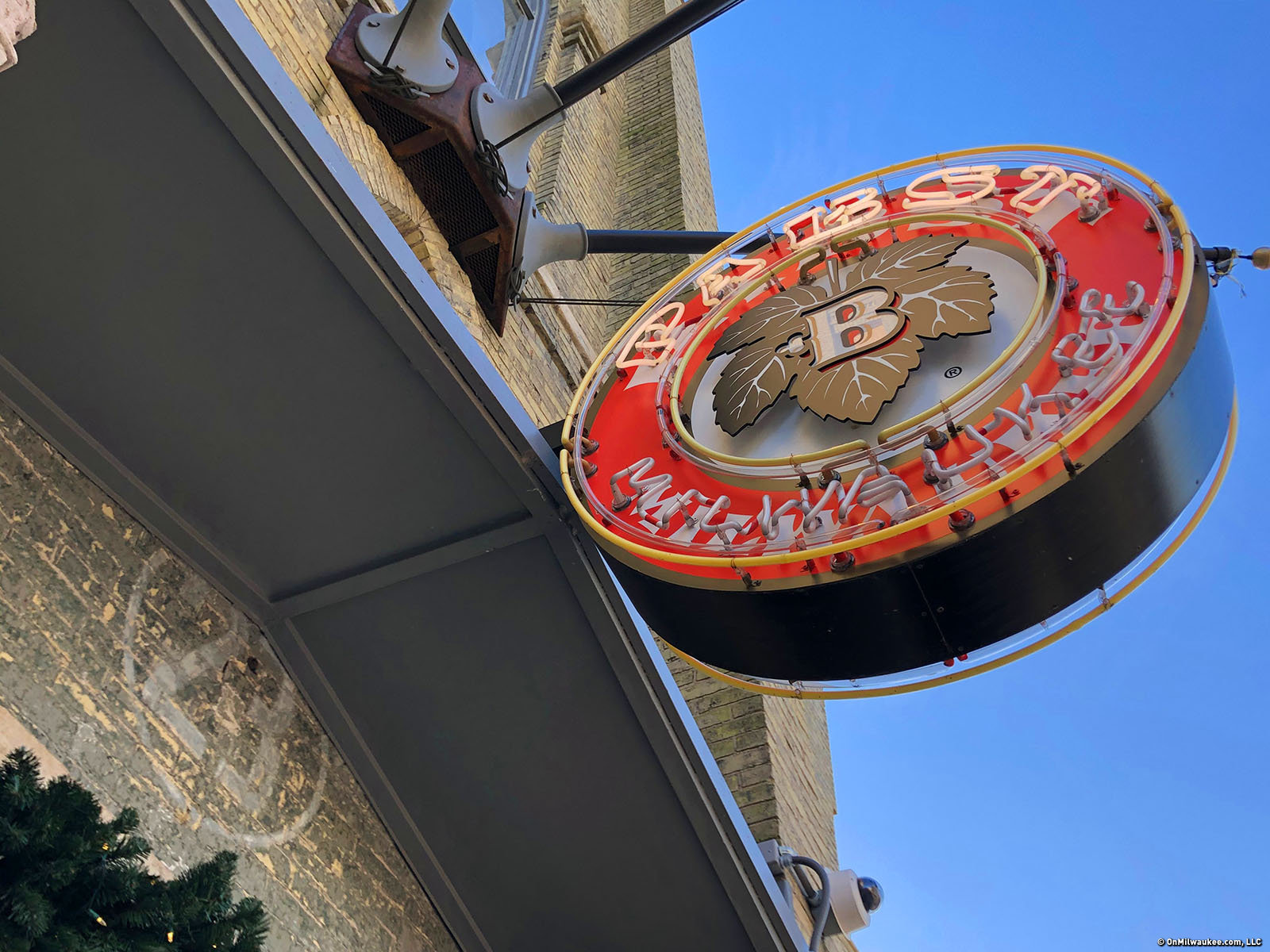{image1}Order a bottle of Pabst Blue Ribbon in this town and it may not be well received. "Stick to Miller," the hometown booster might tell you. "Those guys ditched Milwaukee," he might add, referring to the 1996 departure of Pabst Brewing Company.
But Pabst Blue Ribbon is, in a sense, a Milwaukee beer again. Pabst closed its last brewery in 2001, and now contracts out the production of its labels, including the vintage Milwaukee brands of Pabst Blue Ribbon, Schlitz and Blatz. And the company that Pabst contracts out to? Miller Brewing Company.
The return of these beers is an example of Milwaukee icons that many have written off, yet still hang around. What follows is a list of local stars and establishments that are not quite gone, and are certainly not forgotten.
Gorman Thomas
Robin Yount was the biggest star of the 1982 Brewers team that went to the World Series. But Thomas, the team's centerfielder, was the player with whom Brewers fans most identified, and was perhaps the most beloved.
Sporting an unshaven look, a shaggy mane of hair and a less-than-svelte body, "Stormin' Gorman" looked like he had just gotten off a shift at Allis Chalmers and threw on a Brewers uniform. He would not have seemed out of place hanging out at the National Liquor Bar, or playing softball in a municipal beer league. One of the top home run hitters in Brewers history, Thomas was known for his hustle on the field, and had a penchant for stopping at pre-game tailgate parties. Though Thomas is a native of South Carolina, Milwaukee fans always had a sense that he was a townie, one of their own.
Perhaps realizing that one of their biggest marketing assets is the memory of the 1982 team, the Brewers signed Thomas to a personal services contract in the late 1990s. Thomas is now seen around town, signing autographs at baseball card conventions and making appearances on the Brewer's behalf. For weekend Brewer games he shows up at Gorman's Corner (formerly Gorman's Grill), the concession stand at Miller Park named in his honor.
Ernie Von Schledorn
"Who do you know wants to buy a car?" asked Ernie Von Schledorn in the television ad for his car dealership. One of the most memorable local advertising campaigns, this commercial ran for years. People who grew up here will probably hear the jingle in their heads until the day they die. And yes, Ernie Von Schledorn is still located on "Main Street in Menomonee Falls."
Gordon Hinckley
A long-time broadcaster at WTMJ radio, Hinckley is best remembered as the host of "Ask Your Neighbor," an advice show that ran on weekday mornings. Hinckley can still be heard on local airwaves doing radio ads. But hearing Hinckley shill for a local funeral parlor can leave long-time Milwaukeeans expecting more -- shouldn't he be fielding a call from Betty in West Allis, who's called with a great recipe for an apple torte; or from Stan in Bay View, who's on the line with a solution for oil stains in the garage?
Ambrosia Chocolate (now ADM-Cocoa)
Good news for those who used to enjoy the aroma of the Ambrosia chocolate factory when strolling through downtown -- you can have the same experience now on the northwest side of Milwaukee. The bad news -- an industrial park without sidewalks isn't exactly the best place for a stroll.
After almost 100 years at its downtown location, Ambrosia moved to a new plant on the outskirts of Milwaukee in 1992. The company became ADM -- Cocoa when purchased by food conglomerate Archer Daniels Midland in 1997. Although the move was a loss for downtown, it probably solidified the jobs of those employed at the factory. A recent newspaper article noted that the state-of-the-art plant makes it unlikely the parent company would shut down this facility anytime soon.
Fruit Ranch
The Fruit Ranch stores were like having a year-round farmer's market in town. The original Fruit Ranch was in a boat right off of Water Street in the Third Ward. Fruit Ranch later opened two large stores on the west side of Milwaukee.
The old Fruit Ranch on West Fond du Lac Avenue now sits empty, marred by graffiti. A sign directs people to visit the Fruit Ranch on Bluemound -- but the Bluemound store has since been replaced by an Osco Drug.
The only manifestation of Fruit Ranch is a small shop at 63rd and Bluemound. Fruit Ranch now specializes in gift baskets of cheese and sausage, fruit and nuts.
{image2}Boy Blue
If the temperature was hot, and custard was not the answer, Boy Blue was where many Milwaukeeans headed on summer nights in the '70s and '80s. Though the soft-serve ice cream served at Boy Blue doesn't have the same cache as custard, cover it in chocolate or sprinkles and you've got yourself a treat.
It may be a surprise to those who don't venture south of the Menomonee Valley, but there is a Boy Blue near 84th and Lincoln (the phone book lists a second Boy Blue on South 20th Street). The sign in front of the store still displays the distinctive Boy Blue logo (think Casper the Friendly Ghost meets the Coneheads).
Marquette basketball at the MECCA
When Marquette University decided that its basketball program needed a bigger venue in the 1960s, it moved the games from the Milwaukee Auditorium to the Milwaukee Exposition Convention Center Arena (MECCA). Marquette coach Al McGuire once said if he was able to look into the corners of the MECCA at tip-off and see the seats filled, then he felt he had done his job. The MECCA was sold out for almost every game in the McGuire era, as he built the Warriors into a national powerhouse.
In 1988, Marquette basketball moved to an even bigger venue, the Bradley Center, where the Warriors -- I mean Golden Eagles -- have played ever since. But sharing an arena with other teams (the Bucks and Admirals also play at the Bradley Center) can create conflicts. Occasionally, Marquette will switch a game to the old MECCA, now called US Cellular Arena. Although no games were scheduled for US Cellular during the 2003-'04 season, coach Tom Crean's team did use the arena for Midnight Madness, a pre-season exhibition and pep rally.
Pabst Blue Ribbon, Schlitz, Blatz
Admittedly, the Milwaukee reincarnations of these brands are mere shadows of what they once were. Pabst and Schlitz were each the number one beer-makers in the country at different times. But the U.S. beer market is now dominated by Anheuser-Busch, and to a lesser degree Miller and Coors. The Schlitz, Blatz and Pabst Blue Ribbon brands have fallen into obscurity.
However Pabst Blue Ribbon shows signs of rejuvenation. Recent articles in the Washington Post and New York Times document the inroads that Pabst Blue Ribbon has made with the chic, artsy big city crowd. Mostly through word of mouth amongst the trendy set (Pabst does very little advertising), sales of Pabst Blue Ribbon have surged.
So support the trend and your hometown beer -- at your next outing ask the bartender to "PBR me, A.S.A.P."







